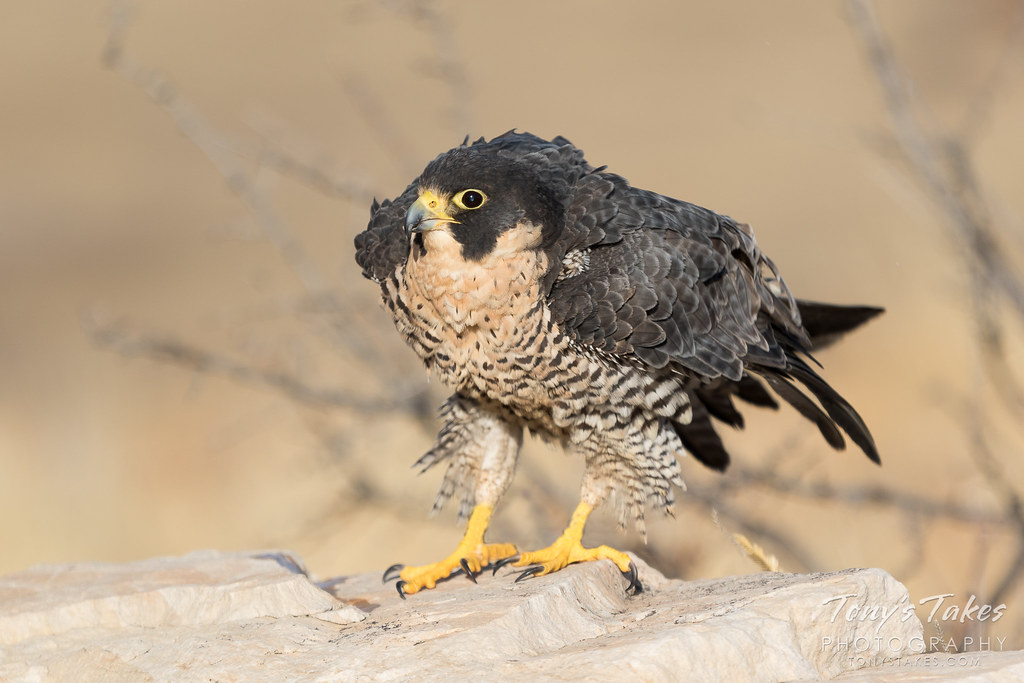
I’ve never been a bird person. While working as a Park Ranger for 17 years, visitors frequently asked about wildlife.
“How much do black bears weigh?”
“How many elk live in the park?”
“Should we worry about mountain lions when hiking?”
But the one question that usually I struggled with was about birds.
“We saw a bird at Upper Beaver Meadows, it’s green with a yellow head. Do you know what it is?”
Though I felt I should know more, birds just didn’t interest me the way other wildlife did.
Except for raptors.
Raptors are like the mountain lions of the bird world. They are the hunters.
Birds of prey are hard to ignore, especially when they swoop down and pluck a prairie dog off the plains. You may not even realize they are there until the shadows of their swooping and gliding are cast down upon you.
Hawks, falcons, eagles, and owls all swoop through the skies over the Rocky Mountains.
One of the more memorable sightings came while hiking in the Flatirons near Boulder. While hiking through the woods, I happened to glance up. A Great Horned Owl perched on the branch of the Ponderosa Pine tree. The distinctive yellow eyes and tufts arising from its head provided unforgettable. It stood still, seemingly not wanting to attract attention, but wanting to survey the scene for potential critters that would make a fine meal. I had never seen an owl so large, and its size frightened me.
As I listened to Colorado Public Radio this morning, I listened with fascination as they discussed another raptor commonly seen in Colorado — the Peregrine Falcon.
I knew the story about Peregrines from fifty years ago. The use of the pesticide, DDT, pushed them to the brink of extinction. By eating animals that ingested DDT, it affected their ability to produce young. The eggshells were too thin to allow their young to develop. By the mid 1970s, the number of falcons in the United States had dropped to less than 400 and they were placed on the Endangered Species List.
While I knew that after DDT was banned, falcons started to make a comeback, I didn’t know that the effort to restore their numbers involved skyscrapers and cities. Cities like Denver.
Like many raptors, falcons like to build nests on the side of cliffs. These ledges are called scrapes. Apparently, ornithologists thought that skyscrapers could be seen as just as appealing as natural cliffs for falcons. Back in the 1980s, they released pairs to nest in the tall buildings in Denver, as well as other large cities around the country.
I have to admit, downtown Denver is the last place I’d expect to see a nesting falcon.
Here in Colorado, Peregrine Falcons have recovered and choose to nest elsewhere. Who can blame them? They have so many other appealing options to use found in nature.
But don’t despair — apparently, other cities around the country still have peregrines roosting on ledges of skyscrapers. Take a trip to Chicago and you just might find them diving through the sky, leaving the remains of an exploding pigeon they just hunted down.

